In an Agile project, requirements take the shape of epics, and user stories and the optimal format for all work items is a unidirectional list called the Product Backlog. Check for an excellent online Agile certification course to learn more about the product and sprint backlogs. Here is a succinct explanation of both the Sprint backlog and the Product backlog.
Product Backlog
The product backlog, put simply, is a list of tasks that need to be completed for the entire product in order to accomplish a specific product goal. The product backlog is more than simply a list of activities that can be completed; it divides tasks and user stories into a set of discrete actions that the development team must carry out in order to succeed.
Product value, complexity (of the product or user needs), dependencies (such as one functionality depending on another dictating their order of development), finances (for example, cost of development, or potential revenue generation), market fit and expected performance, project risk, and even corporate values are taken into consideration when prioritising the contents of the product backlog.
A crucial component or artefact of an agile project, the product backlog aids the team and management in keeping track of all the tasks that need to be completed. When a work item is finished, the product backlog decreases, and it expands when a new demand is added. The Product Owner is the sole owner of it.
Sprint Backlog
A sprint backlog is a list of activities and goals that will be accomplished within the current sprint, which is merely one activity phase in the project. A sprint backlog serves a comparable purpose on a smaller scale than the product backlog, which spans the entire product from initial development to subsequent iterations.
Each sprint backlog includes the current sprint goal, the determined priority activities for the sprint, and the strategy for completing those activities, drawing on items from the product backlog. The next product increment, a functional version of the product under development, will be created after the current sprint backlog is finished.
Although the product’s development team is in charge of creating the sprint backlog, the product owner and the scrum master are nearly always involved in the decision-making process.
A portion of the product backlog is the sprint backlog. It is the amount of progress that the development team commits to making during that specific sprint or iteration. The result of the first Scrum ceremony, or Sprint Planning meeting, is the Sprint Backlog. Unless there is an urgent change in priority from the customer or product owner, the Sprint backlog typically does not alter (Shrink / Grow) until the team commits to an increment.
Differences between Product backlog and Sprint backlog
- Commitment Level: A project-level product backlog is a unidirectional list of all the work items. The list of tasks scheduled for a sprint or iteration at the sprint planning meeting is known as the sprint backlog.
- Work Items: Product backlog often includes Epics, Features, User stories, Spikes, Bugs from prior sprints, and Enhancements. User stories, subtasks, retro feedback points, bugs, and spikes make up the sprint backlog.
- Priority: Product owners (POs) may not instantly prioritise things on the Product Backlog; instead, they will do so periodically according to their standards. Unless there is an instant change in the client, sprint backlog items are chosen based on the priority given by the PO and often do not change during sprint execution.
- Owner: The Product Owner (PO) is the only owner. Only the PO is responsible for writing user stories, defining acceptance criteria, documenting user stories, setting priorities, and managing the complete product backlog. On the other side, the Scrum team as a whole owns the Sprint backlog, and the development team is solely responsible for breaking down the user stories into smaller tasks after the PO sets the priority.
- Visibility: The product backlog is a living document that continuously expands as a new requirement arises and may not always be given top priority. The PO continually prioritises and details tasks. The dev team does not read through the user story to comprehend it till PO determines the priority. Before we begin the planning meeting for the following sprint, the sprint backlog is well-prepared at least once in the backlog refinement meeting and feasibility, strategy, and solution have been determined.
- Growth Nature: Product backlog items are opened and closed in accordance with the conclusion of each sprint. They are added to the backlog whenever a new requirement from the customer or consumer arises. When the planning is complete, the sprint backlog remains unchanged. Items on the sprint backlog are only exchanged, removed, or added when there is a sudden change in priority.
- Closure: Sprint backlog items are closed as soon as the product owner gives his or her approval for the task. While items in the product backlog come to an end with the project.
- Requirement Source: The product backlog is a living document that is constantly expanding. Requirements may be added to the backlog from a variety of sources, including customers, the business team, consumers, etc. While the PO and the Dev team are the sources of requirements for the Sprint backlog. The dev team divides the requirements into smaller jobs after the PO specifies them.
Conclusion
Key artefacts of an agile project include the Product Backlog and Sprint backlog. The sprint backlog is a subset regularly prioritised by the PO to establish the pace of incremental delivery, whereas the product backlog is a superset of requirements and features. Enrol in a reputable online Selenium training program to learn more about the sprint and product backlogs.
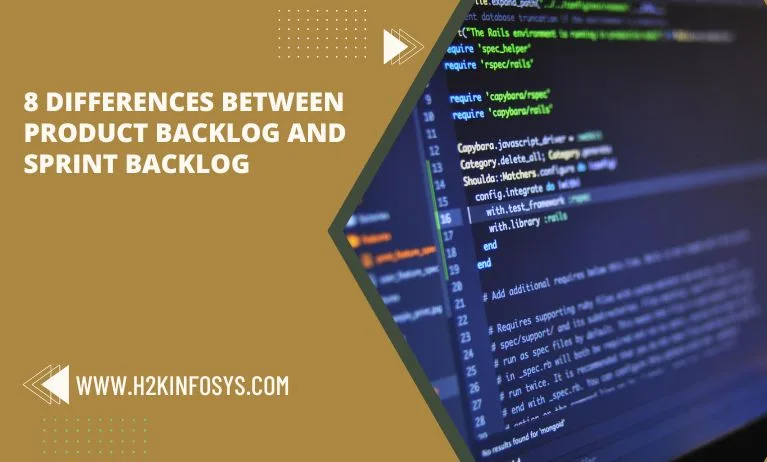






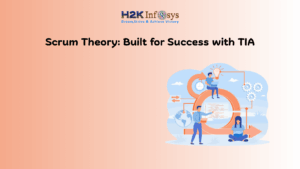
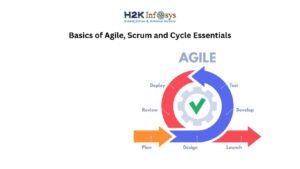
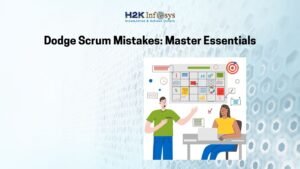

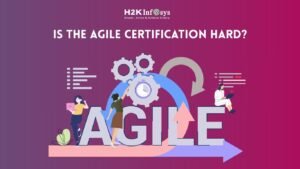
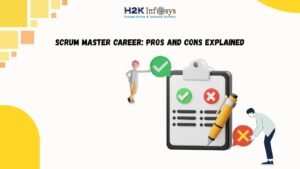
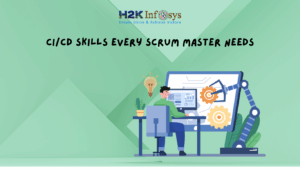
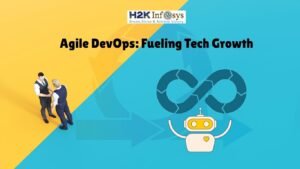















One Response